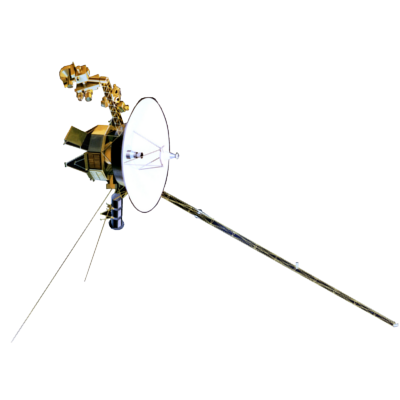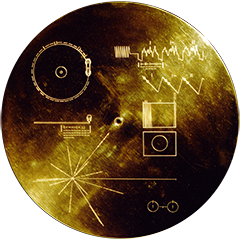VOYAGER
Voyager LECP Data Analysis Handbook
Calibrations and Channel Definitions
Margie
Channels 13-18
|
13 |
14 |
15 |
16 |
17 |
18 |
|
| p |
3.4 – 17.6 |
|||||
| d |
12.0 – 14.0 |
2.1 – 2.5 |
2.5 – 14.5 |
|||
| He3 |
9.9 – 24.0 |
3.8 – 69.0 |
||||
| He4 |
7.8 – 21.0 |
3.3 – 69.0 |
||||
| Li |
5.1 – 24.0 |
4.0 – 203.+ |
4.1 – 24.0 |
|||
| Be |
5.8 – 28.0 |
45.5 – 725. |
6.8 – 28.0 |
|||
| B |
6.8 – 33.0 |
78. – 1000. |
12.7 – 33. |
|||
| C |
7.8 – 8.6 |
8.6 – 38.0 |
127. – 1000. |
|||
| N |
9.0 – 42. |
200. – 1000. |
||||
| O |
9.5 – 46. |
314 – 1000. |
||||
| F |
9.5 – 48. |
516. – 1000. |
||||
| Ne |
10. – 51.0 |
|||||
| Na |
9.9 – 11.3 |
|||||
| Mg |
11.0 – 11.3 |
|||||
| Al |
11.0 – 11.2 |
|||||
| Si | ||||||
| Fe |
* .1< Eff. < .5 + Eff goes to zero in middle of passbands
Return to Calibrations main page.
Return to Voyager
LECP Data Analysis Handbook Table of Contents.
Return to Fundamental
Technologies Home Page.
Updated 8/9/19, Cameron Crane
VOYAGER 1 ELAPSED TIME
--:--:--:--
Days: Hours:
Minutes: Seconds
*Since official launch
September 5, 1977, 12:56:00:00 UTC
*Since official launch
September 5, 1977, 12:56:00:00 UTC
VOYAGER 2 ELAPSED TIME
--:--:--:--
Days: Hours:
Minutes: Seconds
*Since official launch
August 20, 1977, 14:29:00:00 UTC
*Since official launch
August 20, 1977, 14:29:00:00 UTC
QUICK FACTS
Manufacturer:
Voyagers 1 and 2 were built in the Jet Propulsion
Laboratory in Southern California.
Mission Duration: 40+ years have elapsed for both Voyager 1 and Voyager 2 (both are ongoing).
Destination: Their original destinations were Saturn and Jupiter. Their current destination is interstellar space.
Mission Duration: 40+ years have elapsed for both Voyager 1 and Voyager 2 (both are ongoing).
Destination: Their original destinations were Saturn and Jupiter. Their current destination is interstellar space.



